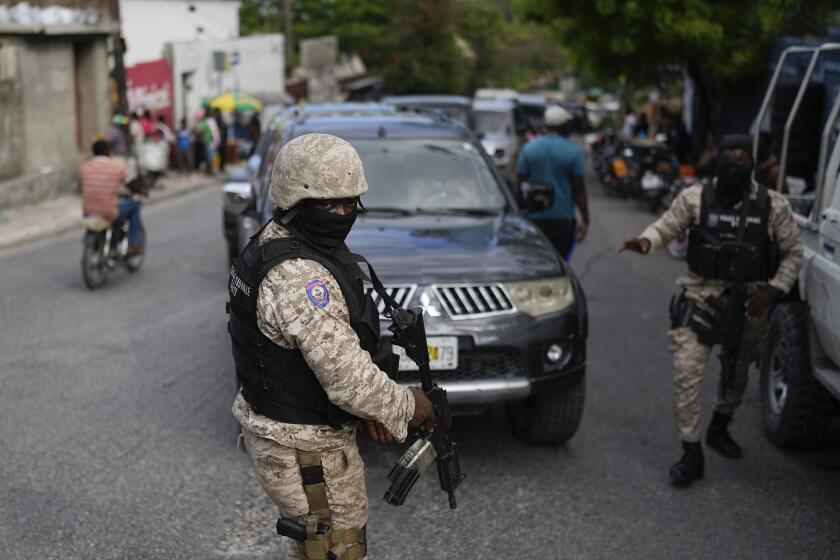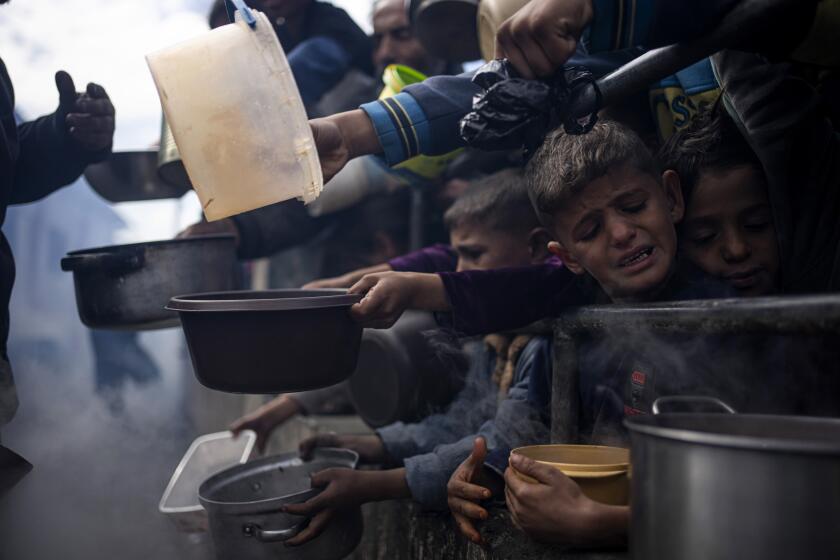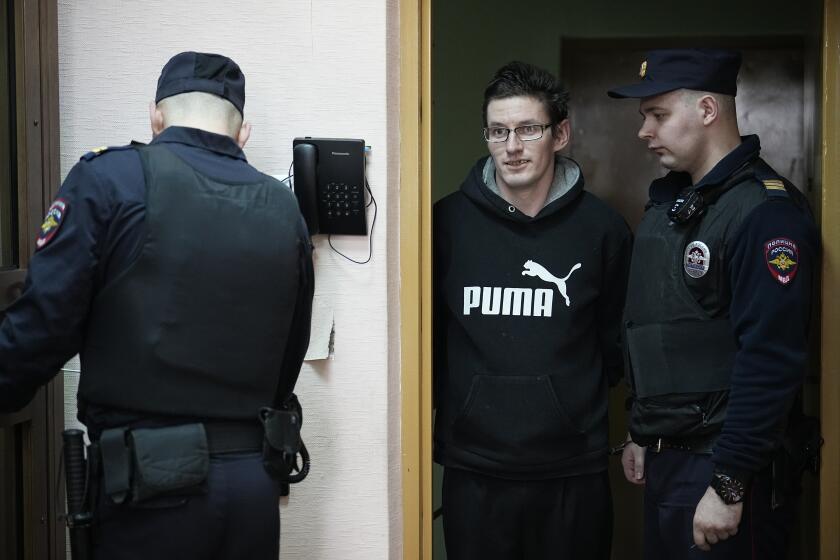The elderly patients who died after being...
The elderly patients who died after being left in a Louisiana nursing home during Hurricane Katrina stand in stark contrast to the dozens of elderly patients who died when their bus burst into flames as they fled Hurricane Rita.
Now the reality of both death and survival in the wake of the recent hurricanes is forcing a new look at disaster plans and evacuation priorities.
As it becomes increasingly clear where those plans went wrong, and where they saved lives, especially in Louisiana and Mississippi during Katrina, hospital and nursing home officials across the nation realize they need stronger back-up plans and more aggressive strategies in getting the help they need when they need it. In the end, they know that the final judgment and responsibility for the frail lives in their care rests on their own shoulders. “The image of people lying in bed with the waters rising, calling for help and no one is there ... it could be us,” says Alice Hedt, executive director of the National Citizens’ Coalition for Nursing Home Reform. “We’re all just a stroke away from a nursing home.”
The most important healthcare lesson to be drawn from the disaster and its aftermath is that hospitals and nursing homes must plan for emergencies -- and follow those plans. But what this and other disasters point out is that even the best-laid plan needs a Plan B. “They need a plan for when the plan doesn’t work,” says Terry O’Sullivan, research analyst for USC’s Homeland Security Center.
Beyond that, health officials say, there is rarely a clearly right or wrong course of action, merely a matter of judgment.
At UCLA Medical Center, for example, doctors, nurses, administrators and those in charge of disaster planning have begun to informally pose questions that may never be precisely outlined in a plan. Who gets evacuated? Who stays put? What happens when supplies run out?
“You want to take those who need to move to survive,” says Victor Kennedy, director of safety for UCLA Health Systems. “Some may have to stay because they won’t make it if you move them. But there is no set policy of exactly who you’re going to move.”
And perhaps there shouldn’t be. “In any triage situation, it’s case by case,” O’Sullivan says. Doctors and nurses have to make split-second decisions.
Much of the self-analysis stems from the horrifying reports from St. Rita’s Nursing Home in St. Bernard Parish, La.
The limited facts about St. Rita’s are these: Owners Salvador A. and Mable B. Mangano did not evacuate their patients as Hurricane Katrina approached. At the height of the catastrophe they made an effort to move some patients, but not all. By the time the waters receded, 34 people were dead within the nursing home, and the Manganos are charged with 34 counts of negligent homicide.
Lawyers for families suing the nursing home are expected to target the evacuation plan to try to determine whether the Manganos acted negligently. The owners have pointed out that several nursing home patients died as a result of a 2004 evacuation for Hurricane Ivan, which ultimately bypassed New Orleans.
It’s hard to declare what anyone should have done while watching waters rise to neck level. Still, institutions are expected to follow specific guidelines in an emergency. The U.S. Department of Health and Human Services requires nursing homes to have disaster plans that include education of employees, unannounced drills and evacuation plans. States are required to tailor their plans: hurricanes in the Gulf states, tornadoes in the Midwest, and earthquakes, fires and floods in California. Those decisions are best made in consultation with other community disaster experts such as police and fire departments.
But disaster planning is different from disaster reality. Acceptable plans call for three days’ worth of food and water, the assumption being that help will surely arrive before the nutrition runs out. Healthy people can survive a few extra days of hunger or thirst. Frail, infirm and elderly people often cannot. “They’ve got to extend the time horizon for the worst-case scenario,” says O’Sullivan.
In New Orleans, help didn’t arrive within 72 hours. That’s where a Plan B would come in.
“One of the things [institutions] really need to nail down is to make sure they don’t rely solely on the emergency response people,” says O’Sullivan. That means being aggressive about getting help.
Don Morris, executive director of Woldenberg Village, a nursing home in New Orleans, got his 171 residents out by pulling out all the stops. Unable to reach any local help, he called Malcolm Slatko, his counterpart at a nursing home in Houston. “I said, ‘I need seven buses. You’ve got to use every bit of political capital you’ve got to get this done,’ ” Morris says. He got the seven buses.
Tough decisions
Hurricane Katrina was an unprecedented event -- a disaster that devolved into chaos with very little reliable communication. The impact of Hurricane Rita has yet to be fully assessed. But lack of communication probably won’t be the defining calamity in a Southern California disaster. Rather, sheer numbers of injured people could overwhelm area hospitals, already experiencing declining numbers of available beds, emergency rooms and trauma centers.
“We don’t have the capacity to absorb a mass casualty event,” O’Sullivan says. Tough decisions would have to be made.
Those tough decisions played out after Katrina hit when physicians chose which patients should be airlifted to safety and which would be better off even in damaged hospitals.
Commitment to help
In hurricanes, earthquakes or plane crashes, medical workers are left to their own professional judgment about who should receive immediate attention and who can wait. But in an evacuation of a health institution, the expectation is that everyone goes -- or remains behind in competent medical hands.
“You’ve got to be able to get them all out of there,” says Larry Minnix, president of the American Assn. of Homes and Services for the Aging. “You’re in healthcare. You’re on duty until someone releases you from duty.”
Moving a nursing home patient is difficult. “You can’t make the decision lightly,” says Hedt. “It’s a given that people will suffer from transfer trauma, even under the best circumstances.”
Consequences of transfer trauma include withdrawal, depression and an increased likelihood of death during the next year.
Whether patients are evacuated or stay put, the expectation is that care will continue, from the doctor, nurse or health aide providing that care.
But the average income of a certified nursing assistant, according to the Paraprofessional Healthcare Institute, is less than $8 an hour. They provide about 90% of care at nursing homes, and their annual turnover rate is 100%, Hedt says.
With that much turnover, she says, nursing homes need to be sure their staff training is ongoing, and each worker knows what’s expected. It’s the obligation of the institution to make it clear to low-wage earners that their job is different than that of a janitor or a bellhop. The buck stops with the top administrator.
“Morally, it’s very clear-cut. You must take the model of the captain of the ship. You don’t leave until you know that vulnerable, weak, dependent people are safe,” says Arthur Caplan, bioethics professor at the University of Pennsylvania. “There’s absolutely none, zero, no way, you can come up with an ethics reason to leave nursing home patients behind.”
There is one exception that usually doesn’t make its way onto disaster plans. It is, instead, discussed quietly in conference rooms. What if the rising water of a flood, the broken and falling buildings of an earthquake or the approaching wall of flame threatens the life of a healthcare worker? Then, they can they choose their own lives over the patients. No moral, ethical or legal code forces a doctor, nurse, administrator or anyone else to give their life to save another.
“They don’t have to be heroes,” says George Annas, chair of the health law department at Boston University.
What Hurricanes Katrina and Rita have cruelly illuminated is that everyone has to imagine and discuss scenarios that are gruesome and distasteful. And that with staying put, or evacuating, each carries terrible risks.
Because even when disaster plans are followed to the letter, some vulnerable patients will die. And some healthcare providers, after doing all they possibly can, will reach a point where the only life they can save is their own.
More to Read
Start your day right
Sign up for Essential California for news, features and recommendations from the L.A. Times and beyond in your inbox six days a week.
You may occasionally receive promotional content from the Los Angeles Times.






